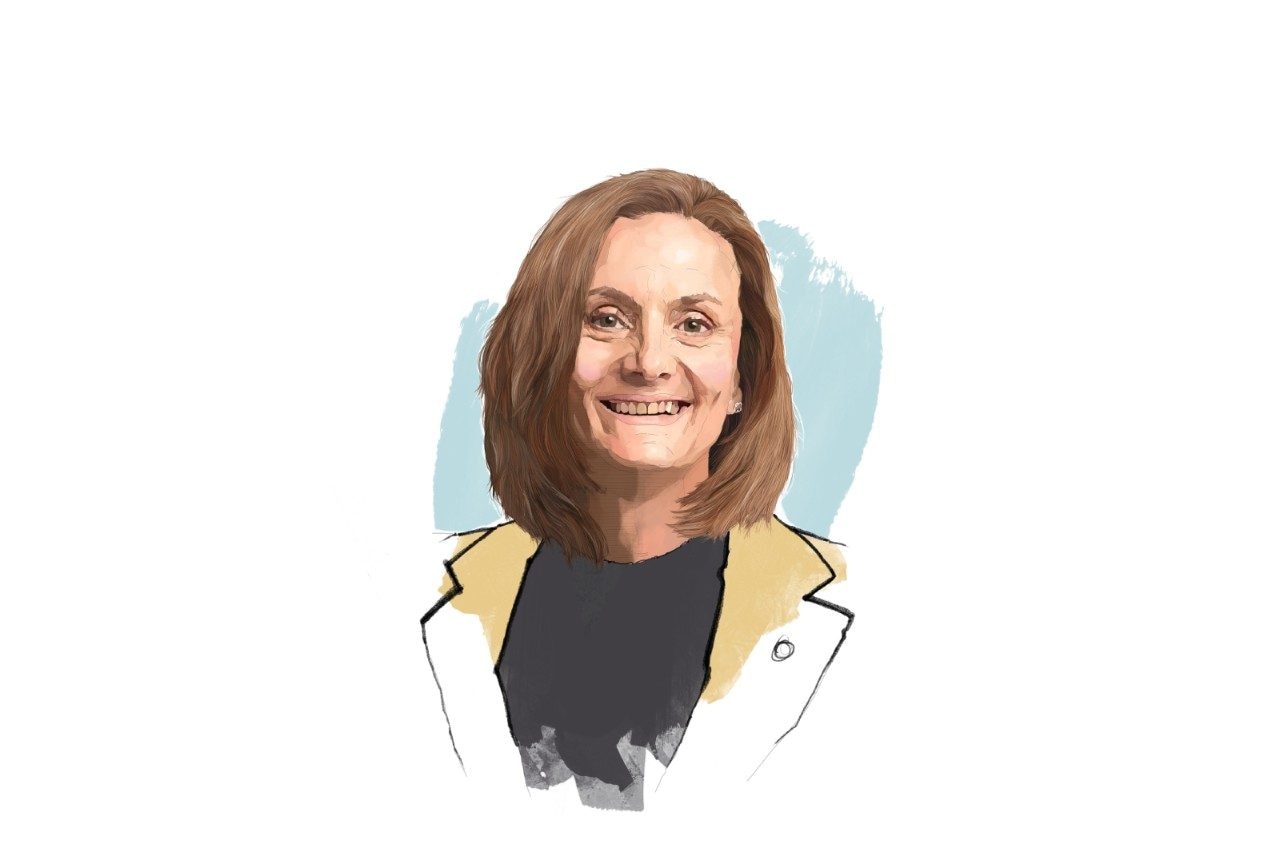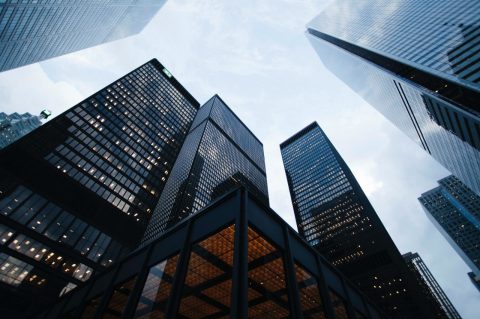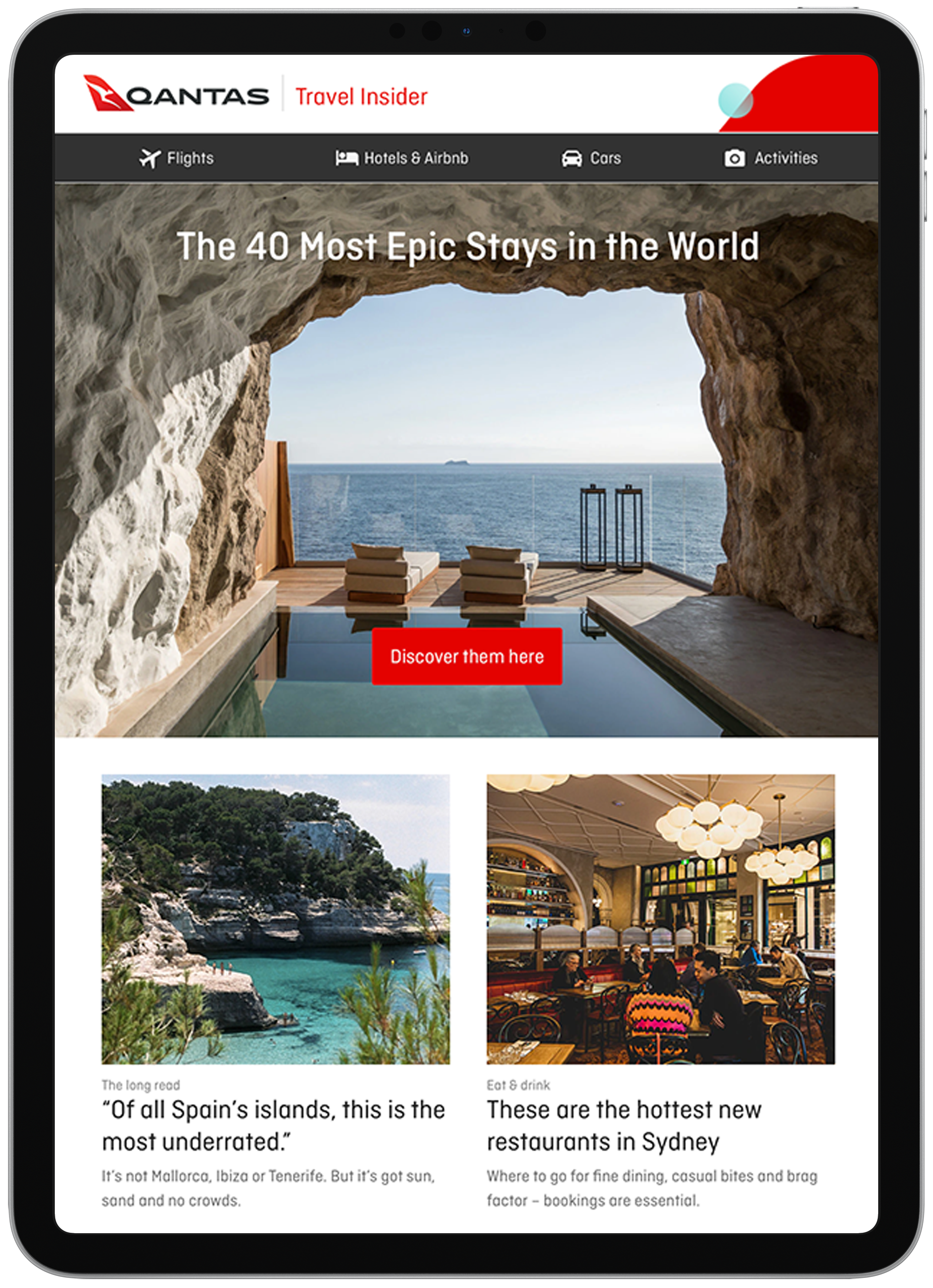The Australian Ballet's Claire Spencer on The Benefits of Being a Co-CEO

The new executive director of The Australian Ballet is a former accountant with “a big laugh” who has found the ideal way to combat the loneliness of being a CEO.
Current role: Executive director, The Australian Ballet
Tenure: Nearly nine months
Previous roles: CEO, Barbican Centre; CEO, Arts Centre Melbourne; COO, Sydney Opera House; CFO, Sydney Opera House
How do you describe good leadership?
I want people to work with me, not for me. We’re in this together! But if I need to step up and lead from the front then that’s what has to be done, particularly in a crisis. I’m optimistic and hopeful in how I lead and I try to inspire people to be their best. In the creative industries, you have to encourage people to take risks and not be fearful. Sometimes you have to overemphasise the optimism and hope to get people to that point.
You describe yourself as a humorous leader. How does that play out?
The work we do is hard and the industry has been through a really difficult few years. So you have to find moments of lightness and joy. I laugh a lot and I have a big laugh. I sit in an open-plan office and the feedback I’ve had is that it lifts the environment around me. It breaks the tension that can sometimes settle on an organisation when it’s going through a period of disruption.
You studied theology. How did that shape you?
People find it curious that I did theology then went on to become a chartered accountant. It’s probably an unusual career path but I like to understand why things happen. Why did that person behave that way? Why did the audience not respond in the way that we thought they might? I draw on that curiosity with my chartered accountant side. It gives me balance in how I work with the team, approach problems, ideate and deliver.
Before you took on this role, you had a six-month break. How did you use that time?
I did a lot of yoga. And I spent a lot of time with my family. I slowed down and took time to reflect. I also thought about what I wanted the next era of my life to be and I reflected on the necessity of having good boundaries – of being able to be a high-performing executive but also a really good friend, a really good mum, a really good daughter. I did wonder if it was time to try something new. I’ve been in the creative industry since 2003. But I love this industry and the reason I love it is because of the impact it has on people’s lives and that is quite addictive. The arts have the power to change society but it’s almost like it’s one person at a time.
You’ve been at The Australian Ballet for almost nine months. What’s been the biggest surprise?
The complexity of the organisation. I’ve been ballet-adjacent, as I like to call it, since 2003. You spend time around a company, you go to lots of performances and you think, “I know the ballet.” But it’s a complicated exercise taking 70 dancers on the road for most of the year, as well as everything that goes into creating the work in the first place. We make all our own costumes, for example. All our sets and props are made here in Victoria. That’s an industry I didn’t see from the outside.
Your chair, Richard Dammery, described 2024 as the first of three challenging years for the ballet. What’s the biggest issue?
We’re out of our main performance venue in Melbourne, the State Theatre [which is being renovated as part of the Melbourne Arts Precinct Transformation]. A lot of our repertoire was created to fit in that theatre. So we’ve had to create repertoire specifically for the Regent Theatre. There are also fewer seats and fewer premium seats at the Regent. So it’s the investment in productions to fit and it’s the box office revenue from a smaller house. That’s had a financial impact.
The Australian Ballet lost $9.1 million last year. Is that palatable, given the circumstances?
We’ve planned for it. But we need to come back to a sustainable financial position over the course of the two years coming out of the disruption. I don’t think anyone’s ever happy to post that level of loss but we feel satisfied that the company can come through this and emerge strong and ready for when the new theatre opens [in 2027].
You’ve chosen to come in at a difficult time. What does that say about you?
I do love a challenge. I like to think that I’ve left every organisation in a better position than when I arrived. That can be solving a big challenge or a series of small ones. I love unpacking the problem we have to solve then working with brilliant people to find the best solution. The Australian Ballet was built by people wanting to solve problems and be ambitious for both the art form and the country.
Does it ever scare you?
I don’t think so. One of the things I love about this role and that really attracted me to it is that it’s a co-CEO model.
Let’s talk about that. You run the organisation alongside artistic director David Hallberg. How are you finding that model?
We spent a lot of time talking about it as I was going through the recruitment process. There’s a lot that can go wrong but if you get the relationship right and you both come into it with the company’s success as your driving force, you depersonalise it – it’s about what the right thing is for the company. We could run the best, most efficient business but if the ballet isn’t world-class then the organisation will flounder. If the company is artistically vibrant but we’re not running the business well then the ballet will suffer. If you put those things together in a way where there’s no competition or ego and it’s about finding the right balance to deliver the best outcome for the company, it’s actually incredible. Leadership can sometimes be really lonely. But I’ve got David and David has me. And we share KPIs.
Do you? That’s interesting…
Yes, we have shared objectives – it’s not like David has artistic ones and I have business ones. The board gave a lot of thought to that and David and I were involved in the forming of those objectives. It’s really powerful because it focuses us. We want to make great ballet but we also want to do it in a way that’s sustainable. We’re running one company and we’re doing it together.
It only works if you have a strong relationship, right? Trust is key.
We wanted to approach this relationship in a really thoughtful way so we’ve done a couple of sessions with a coach to talk about expectations around the relationship and of each other. How do you make sure that you have a really supportive model in place but you can still disagree? David’s been here five years now and he’s been incredibly generous in helping me in my first few months. He’s teaching me about ballet and I’m teaching him about balance sheets [laughs].
I would imagine some people in the arts may have preconceived notions of anyone with a numbers background. Have you had to prove yourself at times?
It’s lessened over the years. I have a track record and people know enough about me that they don’t get the garlic out when I come into the room. But I think it’s about how you apply that skill and how you bring people on the journey of financial management. If everyone in the company can understand, at an appropriate level, how our business model works and what their role is in that, then we’re going to get better business outcomes.
When you were running Arts Centre Melbourne, you launched the Arts Wellbeing Collective. That was back in 2017, before mental health was such a focus. How rife are the issues now?
People who work in the creative industries feel deeply. So mental health issues are still absolutely at the forefront of things that we need to support our community through. We address that in a very active way with our dancers. We have an in-house coach who supports them plus we provide access to professional mental health support.
More broadly, we’re trying to create a culture that supports mental wellness. That was one of the big things I learnt when working with the Arts Wellbeing Collective. You’re not just supporting people when they are struggling with their mental health – you’re actually striving to create an environment they can thrive in. With dancers, what I’m learning is that mental wellness and physical wellness are very connected. Their body is their instrument and if their instrument is damaged, there’s a knock-on effect on mental health. So we ensure that all of our rehabilitation programs are really supportive.
Last year, philanthropic contributions were up by more than $1 million. How do you keep that going?
When I first arrived in Melbourne [in 2014], I met a philanthropist called Betty Amsden. She was incredible, a real Melbourne institution. She said, “People don’t give because they’re rich. They give because they care.” You see that on steroids here. Our donors know the dancers, they know the team and they love spending time in the studio seeing the work being created from the ground up as well as that crowning moment when a show opens in a theatre. They’re engaged in the process and they champion it. They don’t just give their money; they give their time, their emotions, their networks. They’re our greatest advocates.
And is it an area where you feel comfortable?
A lot of philanthropy is about listening and understanding what people are passionate about and then thinking, “Oh, here’s a program that you might be interested in.” There’s a kind of matchmaking in it as well. Philanthropy is about relationships. It’s about trust. Fundraising, on the other hand, is a little bit more transactional. I’m more comfortable on the philanthropy side of the ledger than I am on the fundraising side.
What advice would you give a brand-new CEO?
Take your time. Find the right pace. We have a phrase here that we’ve introduced at The Australian Ballet: purposeful pace. There are things we need to change in the business but we have to find the right pace of change to make sure we’re doing it authentically and well and not racing through things too quickly. You don’t have to do everything all at once. – I’m a huge fan of the 90-day plan. But be prepared to adapt and pivot as you start listening to what’s going on and how people are feeling.
My day...
First thing
I’d love my mornings to be slow – sunrise and journalling – but they’re not. It’s triage and calendar gymnastics. We’re not an early-start business so if I come in at 8am, it’s really quiet. So that’s valuable time to get on top of yesterday’s emails and get my head in the right place for the day. My days tend to be quite meeting-heavy. Who am I meeting? What are we talking about and what mindset do I need to bring into each of those interactions? I try to be really mindful about that.
Afternoon
I’m trying to be better at taking time for lunch. I bring leftovers and I like to sit in the kitchen, eat my lunch and talk to people. It’s an opportunity for human connection, which can sometimes be lost when you’re in a frenetic environment. When I get that 2 o’clock flag, I grab a coffee and go and sit in the studio to watch the dancers. There’s always a pianist in the studio and they might be rehearsing a new work. It’s just so grounding. You go into this whole different world – the dancer’s world of work – and it reminds me why I’m here.
Out of hours
I try to leave by 6pm and I’m quite strict about that. I don’t have to come into the office every day but I do because work is here and home is my family and my dogs. Having a solid boundary between those two environments has been really important for my own resilience.
Occasionally I’ll be at the theatre seeing one of our shows but if it’s a normal night, I go home and put my Ugg boots on. I’m on the couch with my dogs and my kids and I love it; it’s rejuvenating. I’m in bed by 9pm most nights. I need that deep rest in order to get up and continue on my ballet journey the next day.



